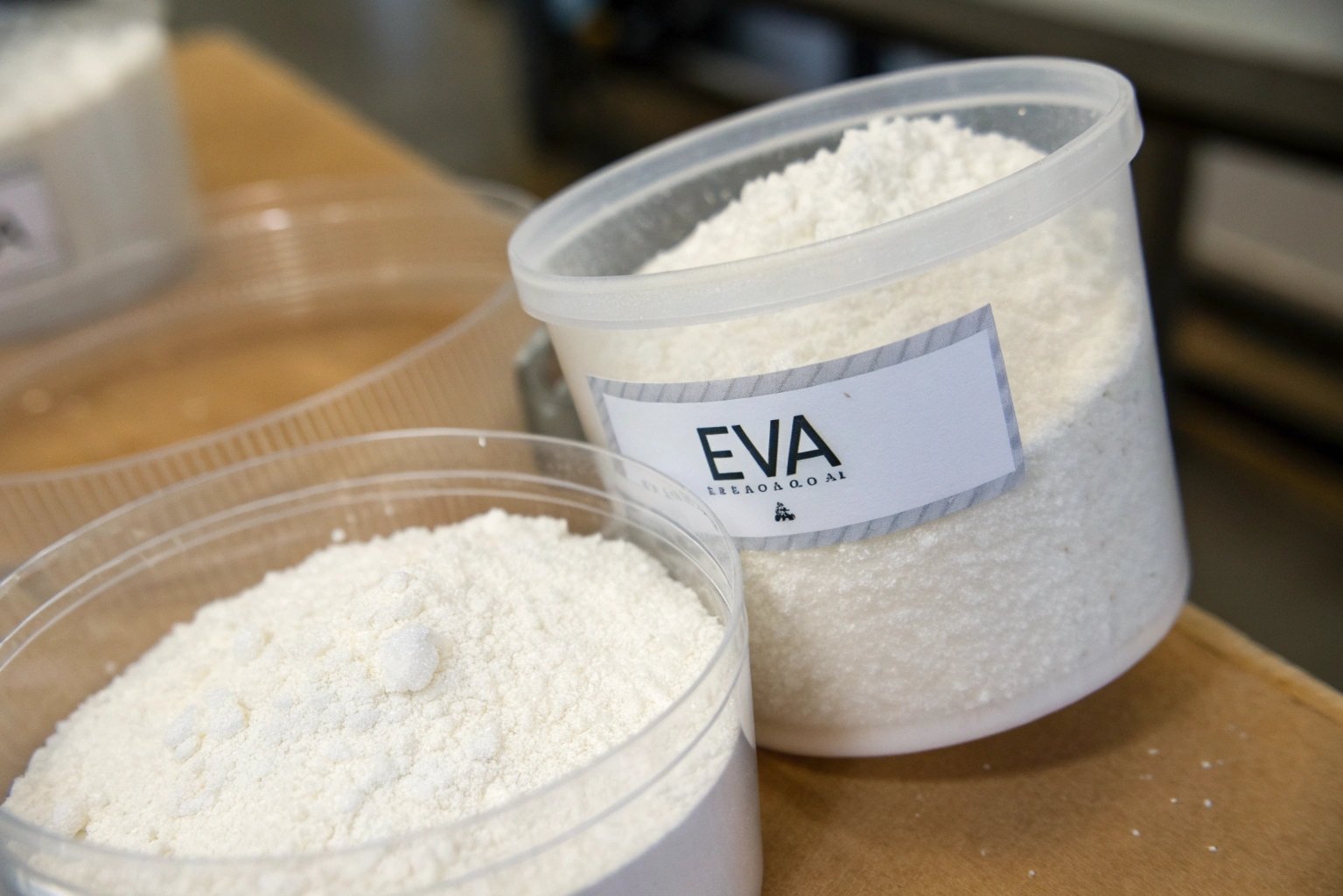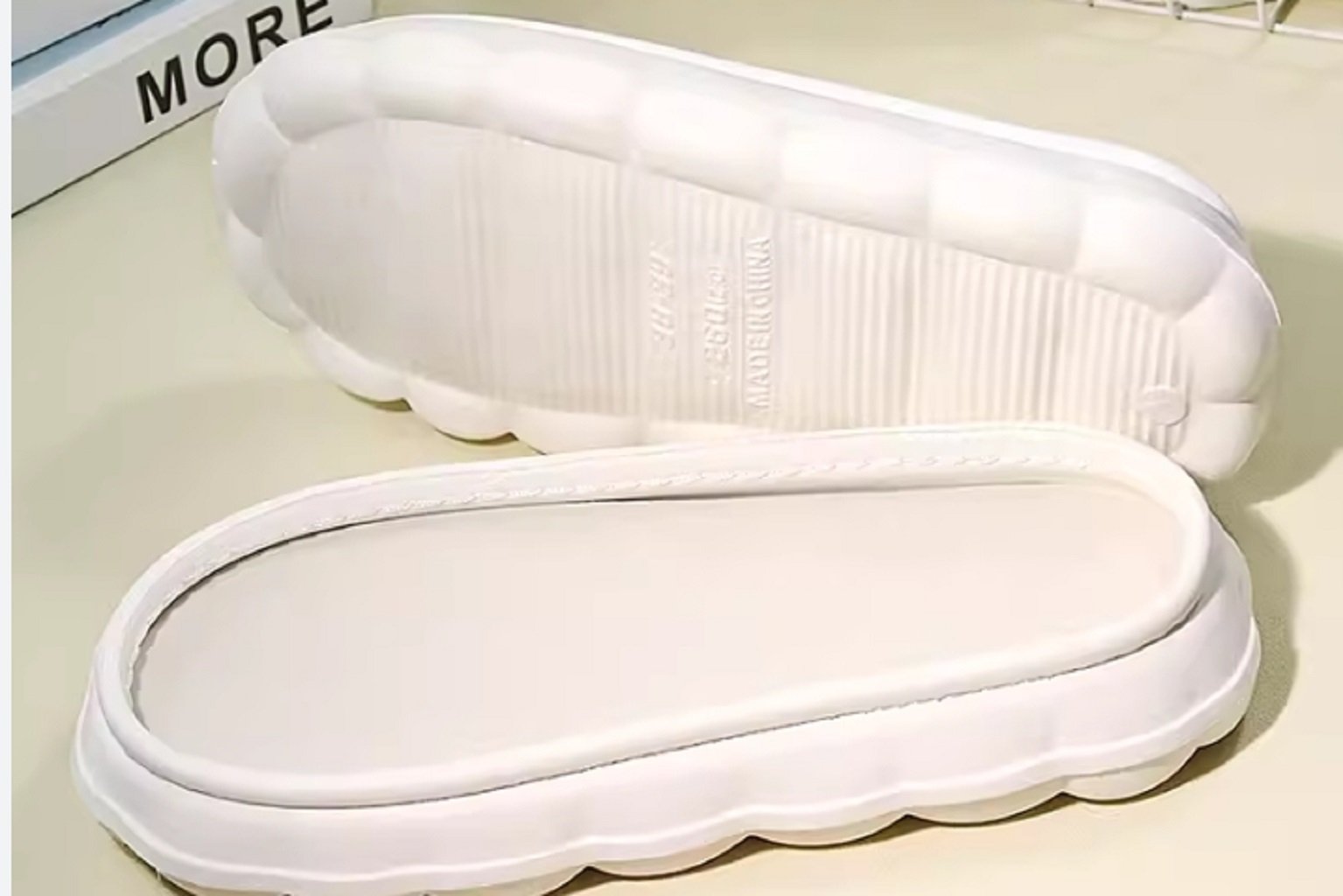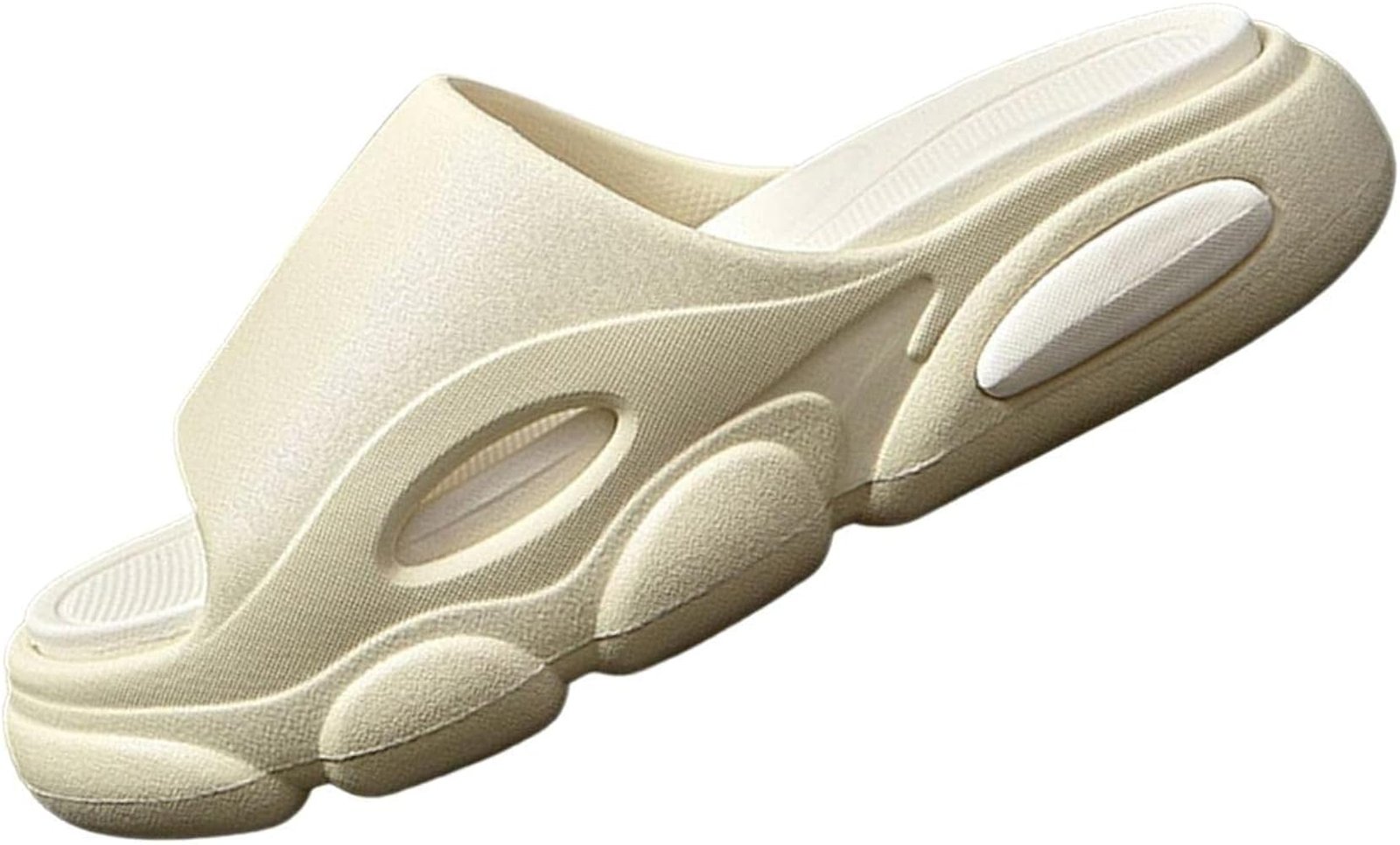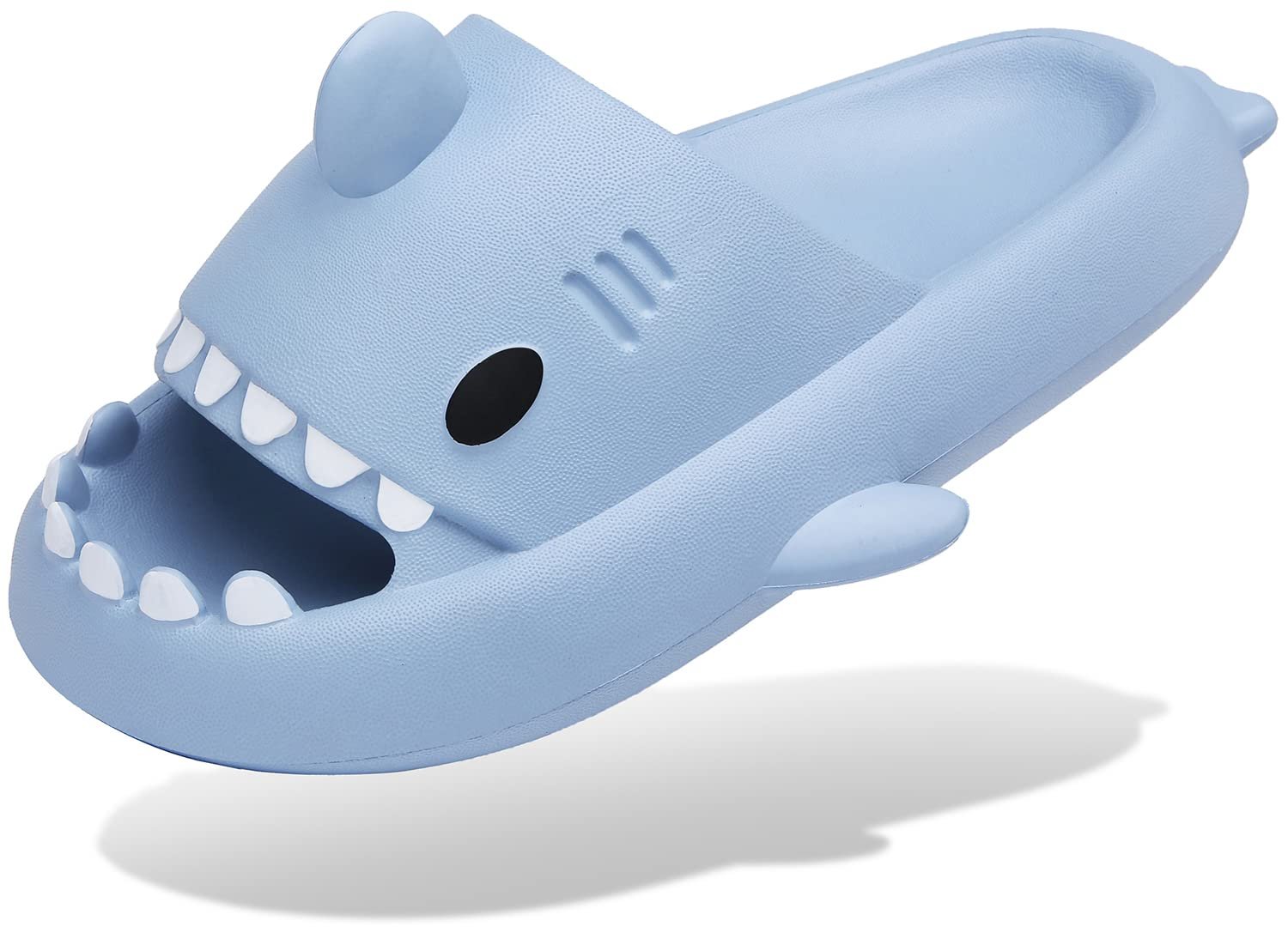Are you tired of heavy slippers that feel like you’re dragging weights around? Do you want something light and comfortable?
The key is using EVA (Ethylene-vinyl acetate). EVA allows for a sole that is both lightweight and flexible. This provides comfort without sacrificing durability.

So, let’s dive deeper into what makes this possible.
How is EVA foam made for slippers?
Are you curious about how we create the perfect EVA foam for slippers?
EVA foam is made through a process called foam molding. This involves heating and expanding the EVA material into the desired shape. The density and composition can be adjusted to achieve the right balance of lightness and elasticity.

To elaborate, the process of creating EVA foam is crucial to achieving the perfect slipper sole. It starts with combining ethylene and vinyl acetate. The ratio of these components directly affects the foam’s properties. More vinyl acetate makes the foam softer and more elastic. Then, we add blowing agents. These create bubbles within the material as it heats up. This is what gives EVA its lightweight characteristic. The mixture is then placed in a mold. Heat and pressure are applied. This causes the material to expand and take the shape of the mold. Finally, the foam is cooled and trimmed. The result is a lightweight, elastic, and durable sole. I remember when we first started experimenting with different EVA formulations. It took many trials to find the right mix that provided both comfort and longevity.
What are the key properties of EVA plastic that affect slipper comfort?
Want to know what makes EVA so comfortable for your feet?
EVA’s key properties are its low density, flexibility, and shock absorption. The low density makes it lightweight. The flexibility allows the sole to bend with your foot. The shock absorption reduces impact while walking.

If you want to understand more, the comfort of a slipper largely depends on the properties of its sole material. EVA (Ethylene-vinyl acetate) is popular because of several key features.
First, its low density. This means that it is very light. Light slippers are more comfortable to wear for extended periods.
Second, EVA is very flexible. A flexible sole will move with your foot. This reduces strain and provides a more natural feel.
Third, EVA has excellent shock absorption. It cushions each step. This is important for reducing foot fatigue.
Fourth, EVA is water-resistant. It can be used in wet environments without being damaged.
Finally, EVA is relatively durable. It can withstand wear and tear. We have to consider the hardness of the EVA. Softer EVA is more comfortable but less durable. Harder EVA is more durable but less comfortable. We always strive to find the perfect balance. I’ve seen firsthand how choosing the right EVA can transform a simple slipper into a customer favorite.
How does sole thickness contribute to comfort and durability?
Does the thickness of the slipper sole matter for comfort and durability?
Yes, sole thickness plays a crucial role. A thicker sole provides more cushioning and support. This can improve comfort and extend the life of the slipper. However, a sole that is too thick can be heavy and inflexible.

Continuing on, the thickness of a slipper sole impacts both the comfort and the durability of the slipper. A thicker sole gives more cushioning. This is good for reducing impact on the feet. It also provides better support. This can be especially important for people who spend a lot of time on their feet. A thicker sole will generally last longer. It takes more time to wear through a thicker material. However, a sole that is too thick can be a problem. Very thick soles can be heavy. This can make the slippers uncomfortable to wear for long periods. Thick soles can also be less flexible. This restricts natural movement. Therefore, we consider a balance when choosing the thickness. The type of EVA used also affects this balance. High-density EVA can provide good cushioning with a thinner profile. Low-density EVA may require a thicker profile for the same level of cushioning. I learned this lesson the hard way when we released a line of slippers with overly thick soles. Customers complained they were too clunky!
Conclusion
EVA plastic strikes a balance between lightweight comfort and durability. It is the right material for slipper soles.

